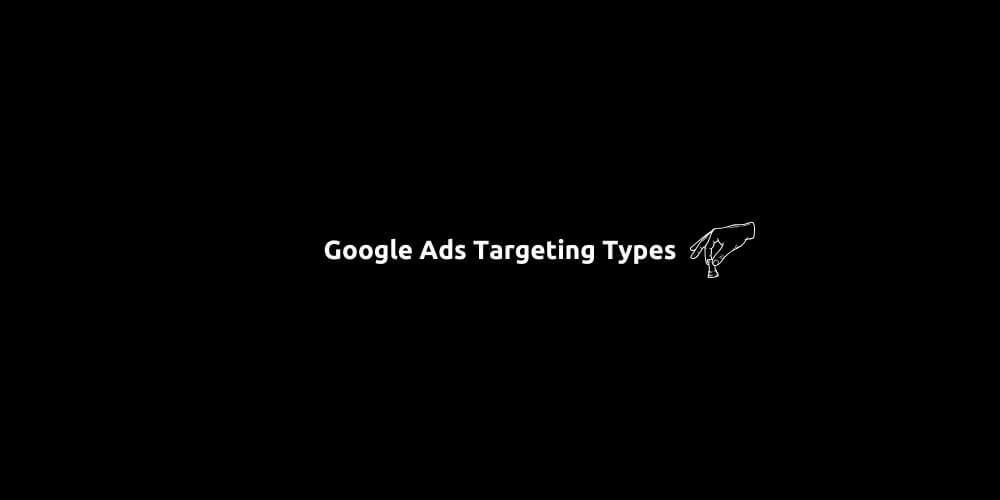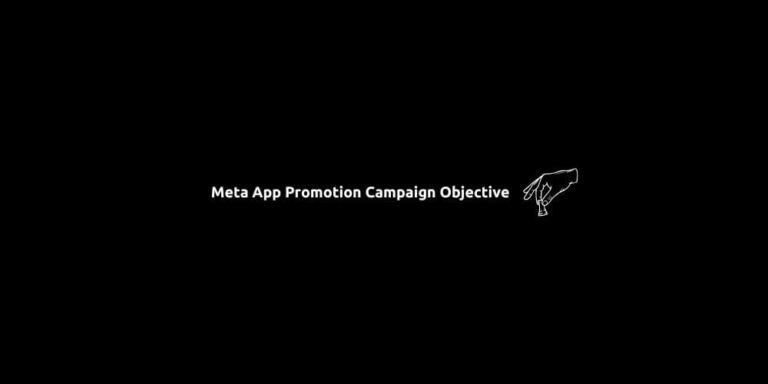Google Ads Targeting Types: The Ultimate Guide
Google Ads offers an incredibly powerful way to reach potential customers, but the secret to success lies in precise targeting. Whether you’re running Search, Display, Video, or Performance Max campaigns, your results heavily depend on how well you define and apply Google Ads targeting types. Therefore, Google’s platform provides various targeting options that help you show your ads to the right audience, at the right time, on the right platform.
This article breaks down all the essential Google Ads targeting types, from keyword targeting to audience segments, demographics, and even device-level options. Whether you’re a beginner exploring campaign settings or an advanced marketer refining a robust media strategy, understanding and correctly using each targeting type can dramatically improve your results.
In the following sections, we’ll cover each targeting method in detail — including how it works, when to use it, and best practices to help you make the most of your budget.
Content:
- Keyword Targeting
- Audience Targeting
- Demographic Targeting
- Location Targeting
- Device Targeting
- Placement Targeting
- Topic Targeting
- Language Targeting
- How to Get Started With Google Ads?
1. Keyword Targeting
Keyword targeting is the backbone of Google Search campaigns. It allows you to reach users based on the specific terms they type into Google Search. By bidding on relevant keywords, your ads appear when someone is actively looking for products or services like yours.
There are several match types in keyword targeting:
- Broad Match: Ads appear on searches that relate to your keyword.
- Phrase Match: Ads show on searches that include the meaning of your keyword.
- Exact Match: Ads only appear for searches that are nearly identical to your keyword.
Choosing the right match type affects reach, cost, and relevance. Broad match provides the most impressions but can lead to irrelevant clicks. Exact match is highly targeted but limits volume. The key is to balance reach and precision by chooshing the right match type(s) for your business and using negative keywords to filter out unwanted traffic.
When optimized correctly, keyword targeting boosts ad relevance and quality score, which can reduce your cost-per-click and improve ad placement. This targeting type is ideal for businesses looking to capture high-intent users already searching for their offerings.
2. Audience Targeting
Audience targeting in Google Ads lets you focus your campaigns on people based on their interests, behaviors, or past interactions with your brand. It plays a vital role in both the Google Display Network and YouTube campaigns but can also enhance Search and Performance Max strategies.
Here are key audience targeting types:
- Affinity Audiences: Target users based on long-term interests and lifestyles (e.g., fitness enthusiasts, tech lovers).
- In-Market Audiences: Reach users actively researching or comparing products/services similar to yours.
- Custom Segments: Build your own audience lists based on keywords, URLs, or apps your audience interacts with.
- Remarketing: Show ads to users who previously visited your site, app, or interacted with your ads.
- Customer Match: Upload your email list and target those users across Google properties.
Audience targeting enables layered personalization, helping marketers serve relevant ads that resonate with different user segments. For best results, combine audiences with other targeting methods like keywords or placements to create a more refined strategy. This hybrid approach ensures you’re not only reaching the right people but also delivering a message that aligns with their intent.
3. Demographic Targeting
Demographic targeting allows advertisers to filter their audience based on age, gender, parental status, or household income. It’s especially useful for products or services with a clearly defined buyer persona.
For example, a luxury skincare brand may want to focus on women aged 25-44 in higher income brackets. With demographic targeting, they can directly allocate ad spend toward this segment while excluding those less likely to convert.
Google Ads offers adjustable demographic targeting through:
- Observation: Lets you collect performance data by demographic without narrowing reach.
- Targeting: Limits your audience to selected demographic groups only.
While it may seem basic, demographic targeting can significantly enhance campaign efficiency when layered with other criteria like audiences or locations. It’s also useful for A/B testing different creative strategies across age groups or income levels.
The real power of demographic targeting lies in exclusion. If your product is not suitable for a certain group, excluding them can drastically reduce wasted spend and improve campaign ROI.
4. Location Targeting
Location targeting helps you serve ads to users based on specific geographic locations such as countries, regions, cities, postal codes, or a custom radius around a point. It’s an essential feature for both local businesses and global brands aiming to tailor campaigns to regional markets.
You can choose from:
- Presence: Target people in or regularly in a location.
- Search Interest: Target people searching for information about your location.
For brick-and-mortar stores, radius targeting is incredibly effective. For service-based businesses, targeting based on city or zip code ensures you’re only reaching people within your delivery area or service zone.
Pairing location targeting with location-based ad copy boosts ad relevance and click-through rates. You can also use geo bid adjustments to prioritize high-performing areas or reduce bids where conversion rates are lower.
5. Device Targeting
Device targeting allows you to segment your audience by the device they’re using — desktop, tablet, or mobile. Given how user behavior varies across devices, this targeting option enables you to tailor your strategy and bidding accordingly.
For example, e-commerce stores often see higher conversion rates on desktop, while mobile users may be more likely to browse or add to cart. By analyzing device performance in your reports, you can adjust bids to maximize ROI:
- Increase bids for high-performing devices
- Lower bids or exclude low-performing ones
- Customize ads and landing pages per device
Device targeting is particularly important in sectors where the buying journey is device-specific — like real estate (desktop) or food delivery (mobile). It also complements app promotion campaigns or call-only ads where mobile devices are the primary engagement platform.
6. Placement Targeting
Placement targeting is specific to the Display Network and YouTube campaigns. It allows you to choose exact websites, videos, or apps where your ads will appear. This gives you full control over your ad placements and is ideal for building brand safety and contextual relevance.
- Select high-quality publisher sites relevant to your niche
- Avoid low-performing or inappropriate content
For example, a SaaS company might target placements on tech blogs, or a fitness brand might focus on workout YouTube channels. Pair this with compelling visual creatives, and you can dramatically improve view-through and click-through rates.
7. Topic Targeting
Topic targeting allows you to reach a broader audience by choosing categories of content where your ads will appear. This type of targeting is great for brand awareness where contextual relevance is more important than direct intent.
It differs from placement targeting by letting Google choose where your ads show within the selected topic group. It provides scale and automation while still keeping contextual alignment.
Topic targeting is useful when:
- You want to scale Display campaigns without losing relevance
- You’re launching a new brand and want to reach general interest groups
- You’re running awareness campaigns for niche audiences
Be sure to monitor placement reports and exclude any underperforming domains to maintain quality.
8. Language Targeting
Language targeting helps ensure that your ads are shown to users who understand your content. It’s not based on the user’s location but rather their Google language settings and browsing behavior.
For global campaigns, you can run multiple ad groups tailored to different languages and regions, ensuring that your message resonates culturally and linguistically. For example, an e-commerce brand operating in both Spain and Latin America can target “Spanish” speakers but with regionally adjusted copy.
This targeting type is especially important for Search and Display campaigns where user interaction depends on clear language understanding.
How to Get Started With Google Ads?
Mastering Google Ads targeting types is key to building effective campaigns that maximize your budget and drive high-quality leads. Whether you’re aiming for high-intent users through keyword targeting or building brand affinity with display audiences, each targeting method serves a distinct role in your funnel.
To build a winning strategy, combine these targeting types strategically. Layering them based on your business goals, audience insights, and campaign performance helps you fine-tune delivery and optimize results over time.
Google Ads is a powerful advertising platform that can transform your business by connecting you with potential customers at the right time. Whether you’re aiming to boost sales, increase website traffic, or build brand awareness, Google Ads offers the tools to achieve your goals.
However, success requires a strategic approach, continuous learning, and regular optimization. With the right planning and execution, Google Ads can be a game-changer in your digital marketing strategy. And this is what we do at SS&T Digital. 👇






